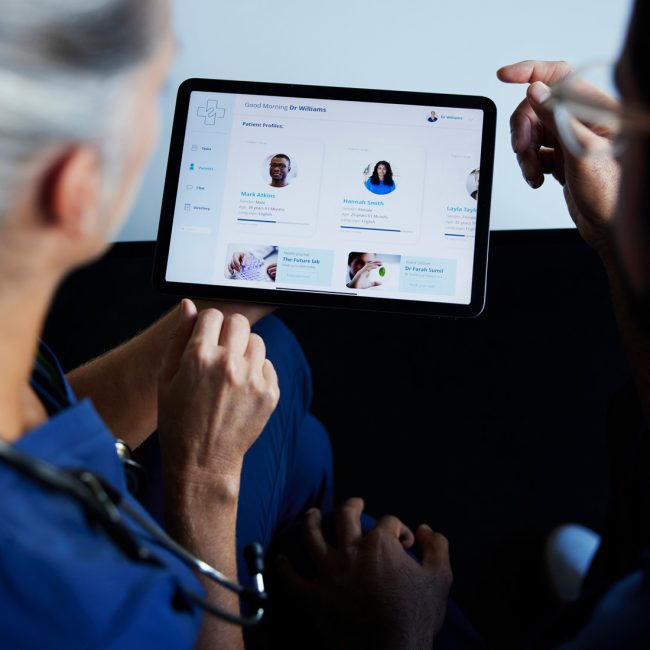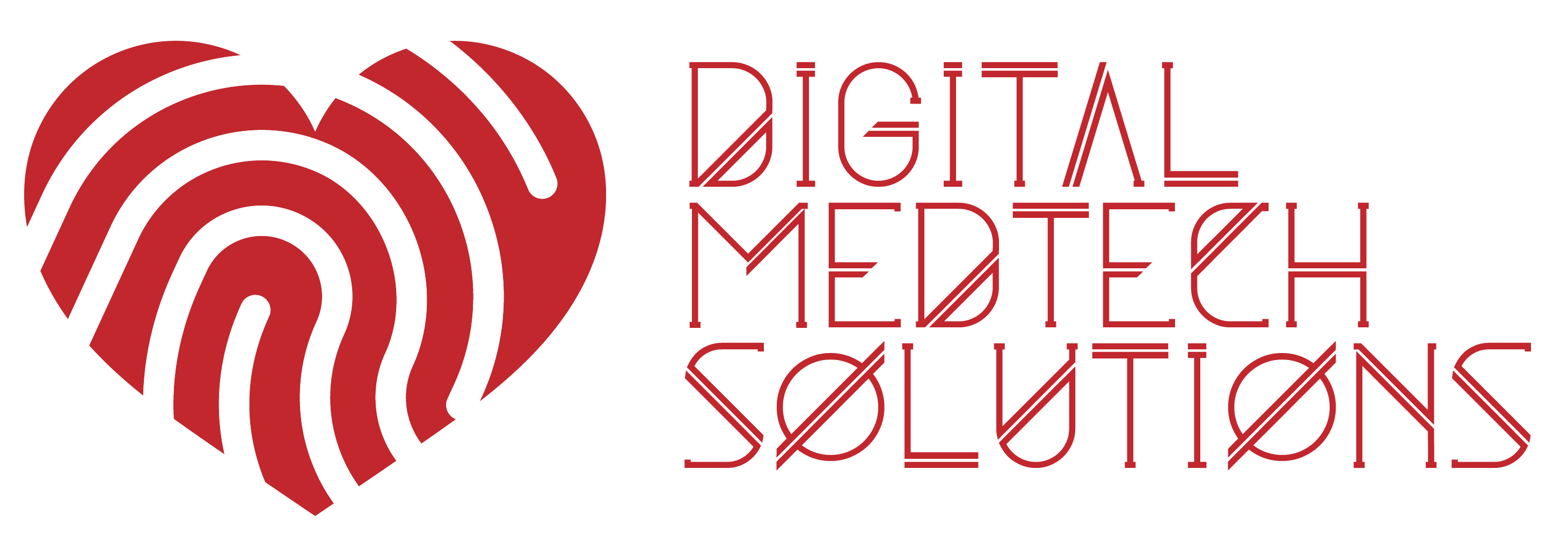
Smart Hospitals Can Leverage of Technology to Improve Patient Centricity
The millions invested in healthcare technology until now have been invested in improving operational efficiency, reducing administrative burden, and providing greater and better access to care.
Today, as the healthcare landscape changes, hospitals are becoming more focused on the quality of services. Patients demand to be in the know of their health and want to participate in their well-being. One study found that 97% of patients believe having access to their health data across providers is vital for their healthcare experience. Several healthcare technologies are supporting this change for the industry to become more patient-centric.
“One study found that 97% of patients believe having access to their health data across providers is vital for their healthcare experience. “
Simply slapping the term around can’t do the job for healthcare organizations. You also need to completely follow the concept and implement it and practice it day-in and day-out. Patient centricity in healthcare truly means delivering services and content in a personalized, collaborative way, designed around the customer’s pressing challenges or preferences.
Fresh research has revealed that 61% of patients would switch their healthcare provider to get an appointment quicker. When competition is that stiff, healthcare organizations need to strategize their technology initiatives to meet customers where they are.
5 Main Reasons How Technology Can Improve Patient-Centricity in Healthcare Institutions
The key to achieving better outcomes in healthcare is developing a comprehensive customer engagement plan by optimizing communication through portals, mobile apps, and several other media to reach the customer at the right time, place, and through the right channel.
As patients become a more integral part of their health and well-being, they will feel more centric to managing their condition and will proactively avoid health issues.

#1/ Big Data For Patient Insights
Improving patient experience takes deploying technology as well as leveraging data-driven insights. Data is the fuel that powers any organization’s customer-centricity. Data points can include systems data, device data, customer information, and inventory data to enable a 360-degree view that expedites customer-centric decision-making and optimization.
In that regard, big data technologies support collecting, storing, managing, and leveraging this data to its complete potential. This ability to mine deeper insights is key to understanding a customer’s health journey and designing standout experiences. Predictive analytics is another aspect where big data takes on a key role. Optum Labs, a US Research collaborative, collected data from over 30 million patients to create a database for predictive analytics that aims to improve healthcare systems.
#2/ Telehealth to Make Patients Feel More Cared For
Telehealth solutions help create a better patient experience, access, and engagement. These services meet patient access demand by promoting medication adherence and preventative care. It’s a lower-cost, immediately accessible option for care delivery, for those living in rural areas or who are time-pressed. Telehealth services also allow organizations to serve the elderly or physically challenged to obtain regular healthcare services within their comfort zones.
Data and information collected through these services make for better coordinated, cost-efficient care.
#3/ Smart Devices to Enhance Care Delivery
Patient-centricity points toward offering patients every form of care you can. Smart devices can enable virtual trials in cases where a patient is going through an extreme form of the disease. This can help reduce their visits to the hospital and help lessen the burden of a trial on them and their families.
Virtual trials use smart devices such as smartphones, tablets, and wearables to allow patients to input their vitals right from the comfort of their homes. Moreover, smart devices can facilitate care delivery to those who have been underserved due to their geographical or demographical background.
“GlaxoSmithKline has created an iPhone app to track the severity and progression of arthritis. A simple test measures the flexion and tension in the wrist as patients hold the device.”
#4/ Artificial Intelligence Opens Up New Paradigms in Healthcare
We can collect all the data we want and store it in the cloud. However, to derive insights from that data, we need to look for trends in that data. This is where artificial intelligence and machine learning can contribute. Machine learning allows us to question and explore these trends quickly in the patient data and derive insights from it – predictive or historical.
Currently, AI enables clinicians to input data into algorithms to determine the best treatment plan or drug for a particular patient. If we were to leverage the insights we have on patients, we could create life-like profiles of patients to deliver personalised communications, which resonate with them and bring them more toward the center of healthcare delivery.
As the healthcare IT market becomes worth $280.25 billion by 2021, patient satisfaction and centricity are expected to be the major drivers of change in how hospitals deliver care. For healthcare organisations to see returns on their investment in healthcare IT, they will have to step aside, put the patient at the core of their initiatives, and then implement.
For more information about how this change can be made profitable and win-win, look at our entire technology service suite for healthcare organizations.
#5/ Integration is Key to Rapid Transformation
Digital technologies and data can do only so much staying in their individual zones. This is where the importance of integration comes in. To support superior patient experiences, healthcare organisations need fully integrated digital platforms that span out the entire patient journey.
Illinois-based OSF Healthcare utilises technologies and data in concert to improve patient experience and deliver patient-centric care. They integrate and analyse internal and external social, clinical, financial, and operational data to understand their patients better.
As this data is updated daily, OSF can seamlessly implement new processes that suit their patients and monitor bed availability in real-time.

